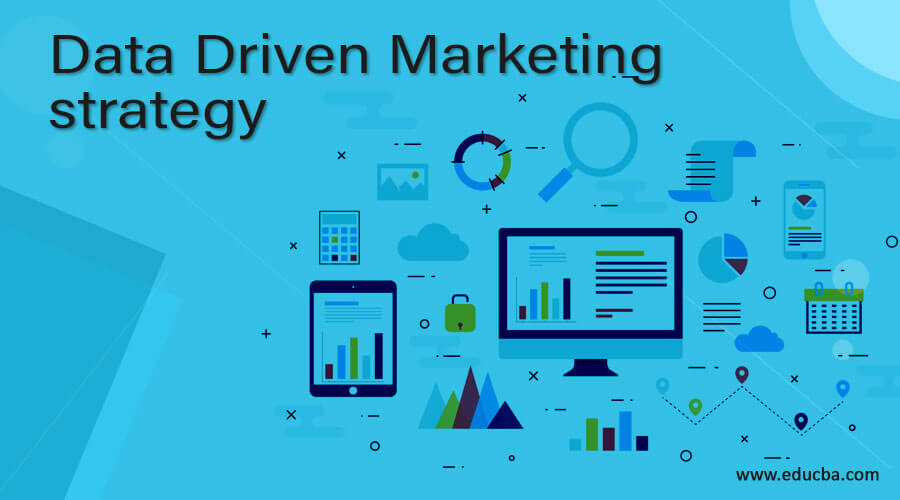Tips To Implement A Data-Driven Marketing Plan
Marketing is one of the most complex business processes, with customer buying behaviors and expectations constantly evolving. Likewise, competitor tactics also pose a dire challenge to marketers. You cannot take a set-and-forget approach to your campaigns in these circumstances. Failing to keep pace with the changes can be a waste of effort. But you can overcome the challenge by implementing a data-driven strategy that eliminates the guesswork from your decisions and keeps your campaigns ahead of customers and competitors.
Tips To Implement A Data-Driven Marketing Plan
Let us share a few actionable tips to implement a data-driven marketing plan.
1. Define your target customers
The first step is to define your customers. In fact, you must do it even before getting started with data collection. The best way to do it is by building a buyer persona by considering factors like demographics, needs, pain points, and buying behavior of your customers. Having a clear view of your target audience puts you in a better place to pick only the relevant data. You need not worry about overburdening yourself with unnecessary and redundant information.
2. Gather and centralize data
Once you know your current customers, you can start gathering relevant information about them. Typically, it should include location information, demographics, and steps along the buying journey. At this stage, you must also create a centralized system to store information so that authorized employees can access it for marketing purposes. Remember to implement a robust Data Governance plan and best practices at this stage. It ensures data quality for better analysis and accurate business decisions.
3. Categorize your target audience
Another tip to make the most of data for marketing strategies is to categorize your target audience into different segments. You can create groups according to parameters such as geographic location, age, gender, and buying behavior. The good thing about audience grouping is that you can understand them better and break down your marketing campaigns for better outcomes.
4. Run multiple campaigns
Although running multiple campaigns sounds complex, it can actually empower you with a targeted approach. Mass marketing is not effective in the current landscape when buyers expect personalization from sellers. You can leverage it by fine-tuning campaign messages and channels to reach a different audience and connect with them. For example, you can run a specific campaign for the audience group abandoning their shopping carts online and another one browsing a particular product category.
5. Analyze trends and patterns
You can go the extra mile with data-driven marketing by analyzing trends and patterns from customer data. For instance, you can find the most popular products in a specific region. Likewise, you can identify the peak time for conversions. Knowing these trends and patterns enables you to find flaws in your marketing campaigns and improve them for better results down the line.
A successful data-driven marketing strategy can help your business boost sales and customer retention for the long haul. It enables you to know your customers better and align your targeting tactics according to their preferences. You can rely on these tips to run a data-driven marketing plan that actually works.


